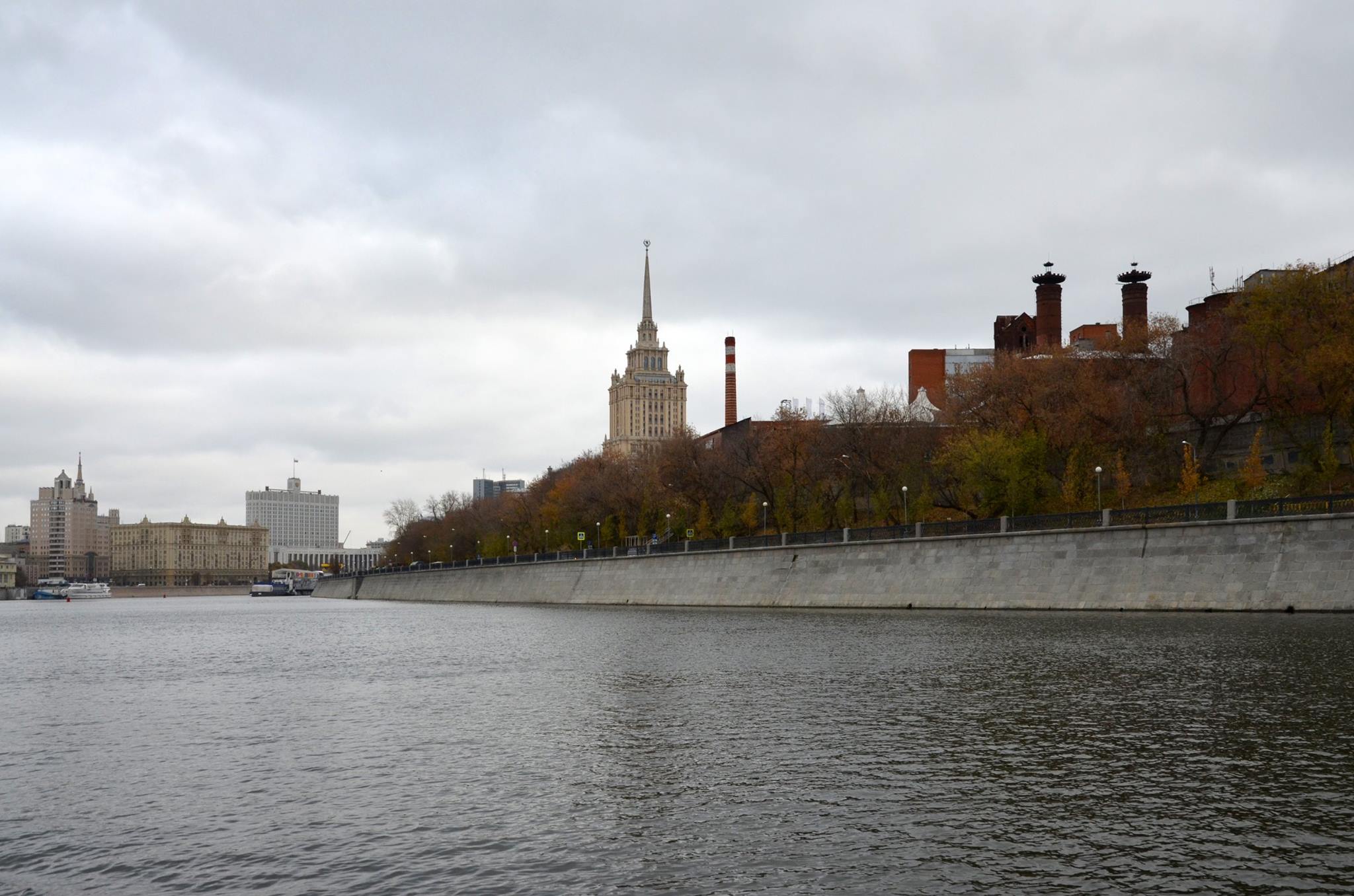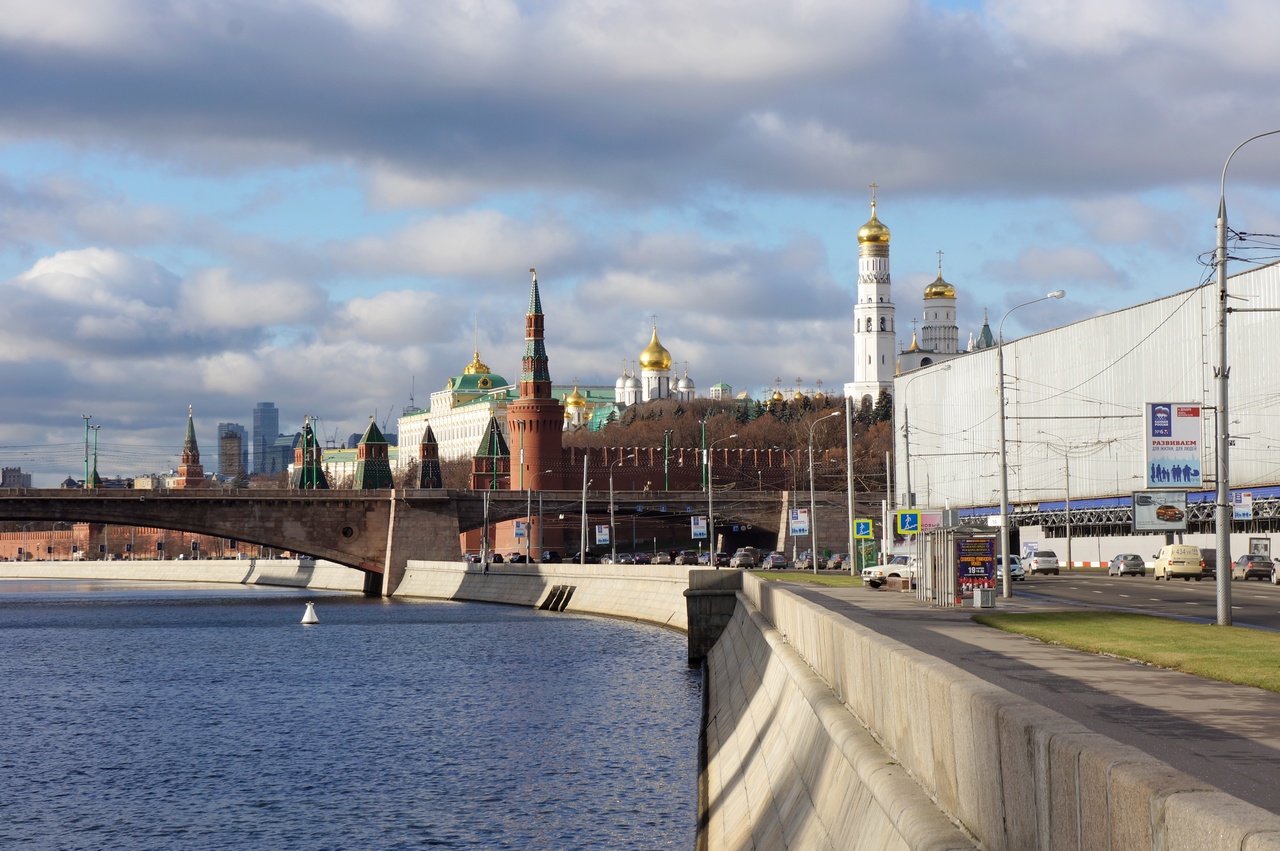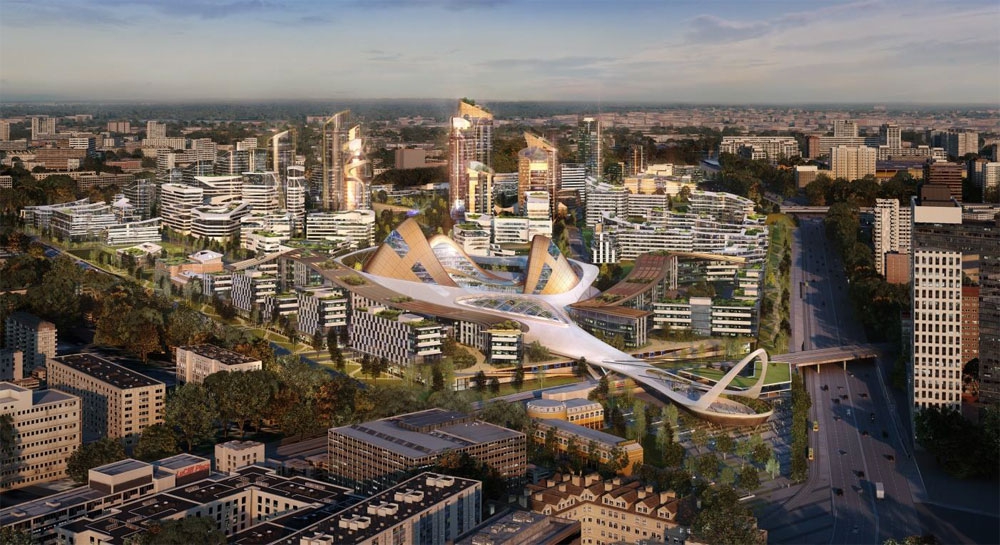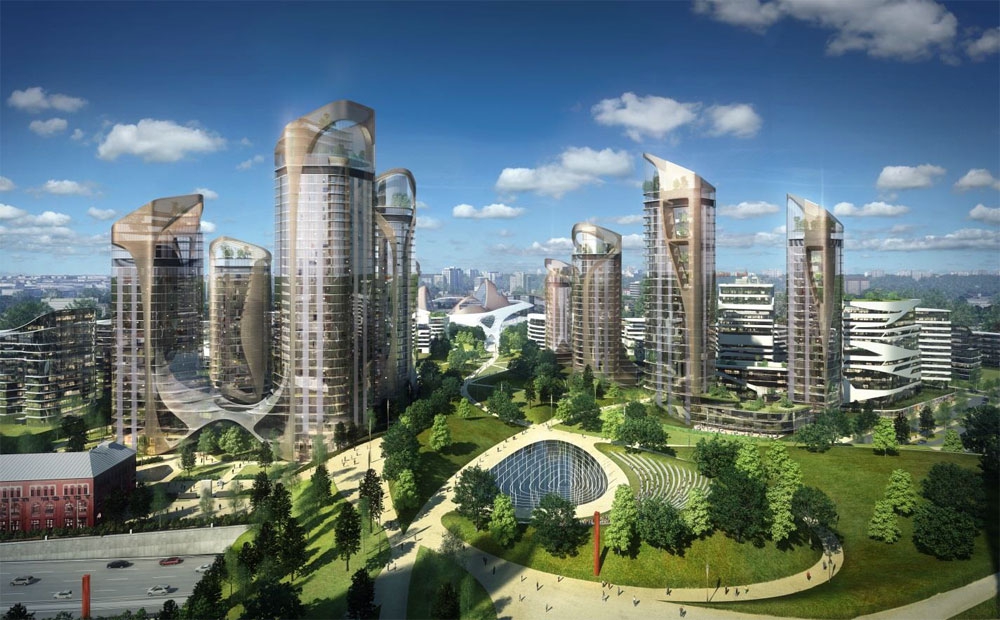Sergey Kuznetsov Reflects on Top Architectural Events of 2014

It’s customary to reflect on the last year when celebrating the new one, and the Archcouncil Internet portal is not an exception to this rule. We asked Sergey Kuznetsov, Moscow Chief Architect, to tell us more about the most important events and achievements of 2014.
— Sergey, what was the year 2014 like for the city and the professional community? What architectural events would you name among the most important ones?
— I’d say that 2014 proved to be a very intense and productive year. Naturally, we’re less optimistic now that the recession is looming, but our achievements must not be belittled. We have been promoting the competition practice for the whole year; and now architectural competitions are a great way for Moscow architects to make a name for themselves. As for the city, it can use competitions as basis for a comprehensive study on the development potential of any given territory. About two weeks ago we chose the winner of the international competition for the concept of urban development of the Moscow River, arguably the biggest contest in the capital’s history.
.jpg)
This competition and its results should, without question, be seen as the greatest achievement of 2014. The city has every intention to finally see its main waterway for what it is and unlock its full potential. It’s a big step towards the creation of a livable urban environment. The fact that this is the first international contest of such scale won by a Russian bureau is very important to me personally. Meganom’s project was truly the best: the comprehensive concept of the Moscow River revival allows the river to reclaim its transport function while putting emphasis on environmental issues.
.jpg)
— When it comes to the first steps of the project implementation, what would they be? Will the concept be used as it is or should it first be adjusted, considering the consultative nature of the competition?
— Right after the competition was completed, Marat Khusnullin, Deputy Mayor for Urban Development and Construction, announced that the city government was very interested in implementing Meganom’s project, keeping as many as possible of the original solutions described in the concept. The architects have to finish refining it by April 2015. The first stage of the project realization will imply the redevelopment of 37 miles of neglected riverwalks that require immediate attention.

— Among the primary goals you have also named the improvement of Zaryadye Park riverfront. How are things going there?
— An information booth opened in the area last April. Anyone who feels like it can now learn more about the history of this place, the competition and the winning project, as well as the stages of its implementation. We are right on schedule; construction will begin there next spring.

— Will the recession affect the realization of the concept created by the American architects?
— Mayor of Moscow Sergei Sobyanin has confirmed on numerous occasions that the Moscow City acts as guarantor for the winning project, so I do hope it will be implemented on time despite the economic circumstances.
— There were other large-scale international contests held in Moscow last year. The jury of the competition for the concept development of the “Serp i Molot” factory chose the project submitted by MVRDV, but the customer eventually preferred the one by LDA Design.
— Due to the consultative nature of that competition all the projects were rated to make it easier for the customer, ZAO Don-Story Invest, to make an informed decision based on the merits and flaws of all the submitted concepts. I respect the customer’s final choice, because it demonstrates a responsible and balanced approach to the site’s future. After reviewing the projects in the context of its possibilities, the investor thought the concept created by the LDA Design to be more feasible. We at the Committee for Architecture and Urban Planning of Moscow also tend to celebrate not the most striking projects but the ones of the highest quality, the ones that would positively transform the territory.


— There have been several other large-scale redevelopment projects approved by the Urban Planning and Land Commission lately, for example, in Kommunarka and Mnevniki. How will these concepts affect the city?
— These projects are key elements of the long-term strategy of the polycentric development of Moscow. The concepts imply the creation of not only residential spaces, but public and office ones as well. For the future residents this will mean the elimination of the need to go from one end of the city to another on a daily basis. The new multifunctional districts will in the long run help reduce traffic congestion in Moscow as well as create new centers of gravity for economical, social and cultural activity.

— What about the redevelopment of the Triumfalnaya square? When the competition for the concept was completed in spring, the winning project of BuroMoscow was expected to be implemented by September, but the square remains unchanged.
— The general public reacted quite negatively to the announced tight schedule. We listened to the experts and the professional community and postponed the realization of the project for a little less than a year.
— Your team’s first year in the Committee for Architecture and Urban Planning of Moscow was marked by the “Open City” exhibition. Why did you decide against organising anything similar this year?
— We wouldn’t want to start a tradition of producing any kind of yearly reports, because it would mean an obligation that could force us to make the results of our work fit a certain scheme. Nevertheless, the last year was quite productive in terms of exhibitions, some of them very high profile. Last May we opened the “New Moscow — Novaya Moskva” exhibition in Aedes in Berlin; in June the architects showed the “Moskva: Urban Space” project at the 2014 Venice Biennale; and August saw the “The Moscow Metro: Eighty Years in Search of Identity” exhibition at the 2014 International Festival Zodchestvo. As for the “Open City” exhibition, we plan to organize another one next spring.
.jpg)

However, the Committee for Architecture and Urban Planning of Moscow doesn’t stop at organizing exhibitions. Last year we launched our publishing program. For us it was a natural and necessary step, since it’s impossible to succesfully implement new urban planning policies without informing people about them first. When I myself was the head of an architectural bureau, I felt the lack of information constantly. Many acheivements of the foreign urbanists remain unknown to us because we don’t have time for research, and those books were never translated into Russian. We wanted to fill this vacuum by publishing several key works on different aspects of metropolitan cities’ existence and their inhabitants’ lives at once.

.jpg)
One of the first titles to be published was “Great Streets” by Allan B. Jacobs, followed shortly by “Integrated Station — City Development — the Next Advances of TOD”, created in collaboration with Nikken Sekkei. Another interesting work translated into Russian that will see the light in the beginning of 2015 is Jeff Speck’s “Walkable City”. I thought the book was so interesting that I personally commented on some chapters, drawing parallels between Speck’s analysis and the situation in Moscow.
- Tags:
- Sergey Kuznetsov



